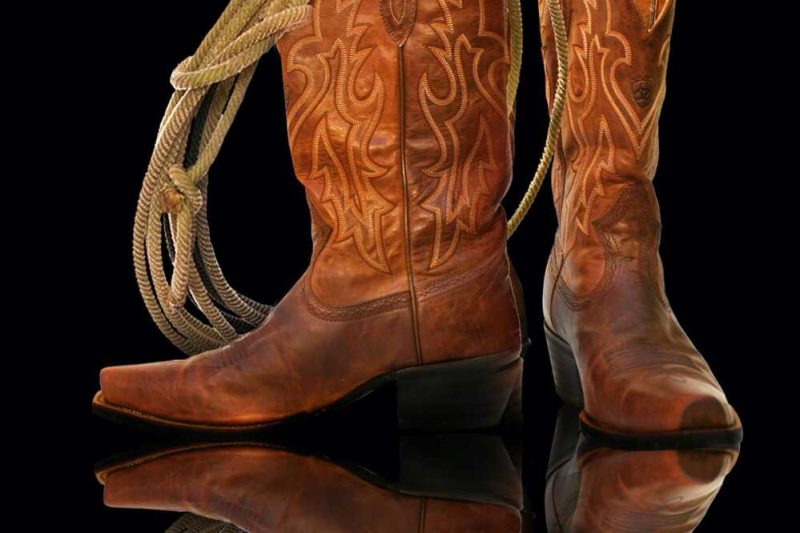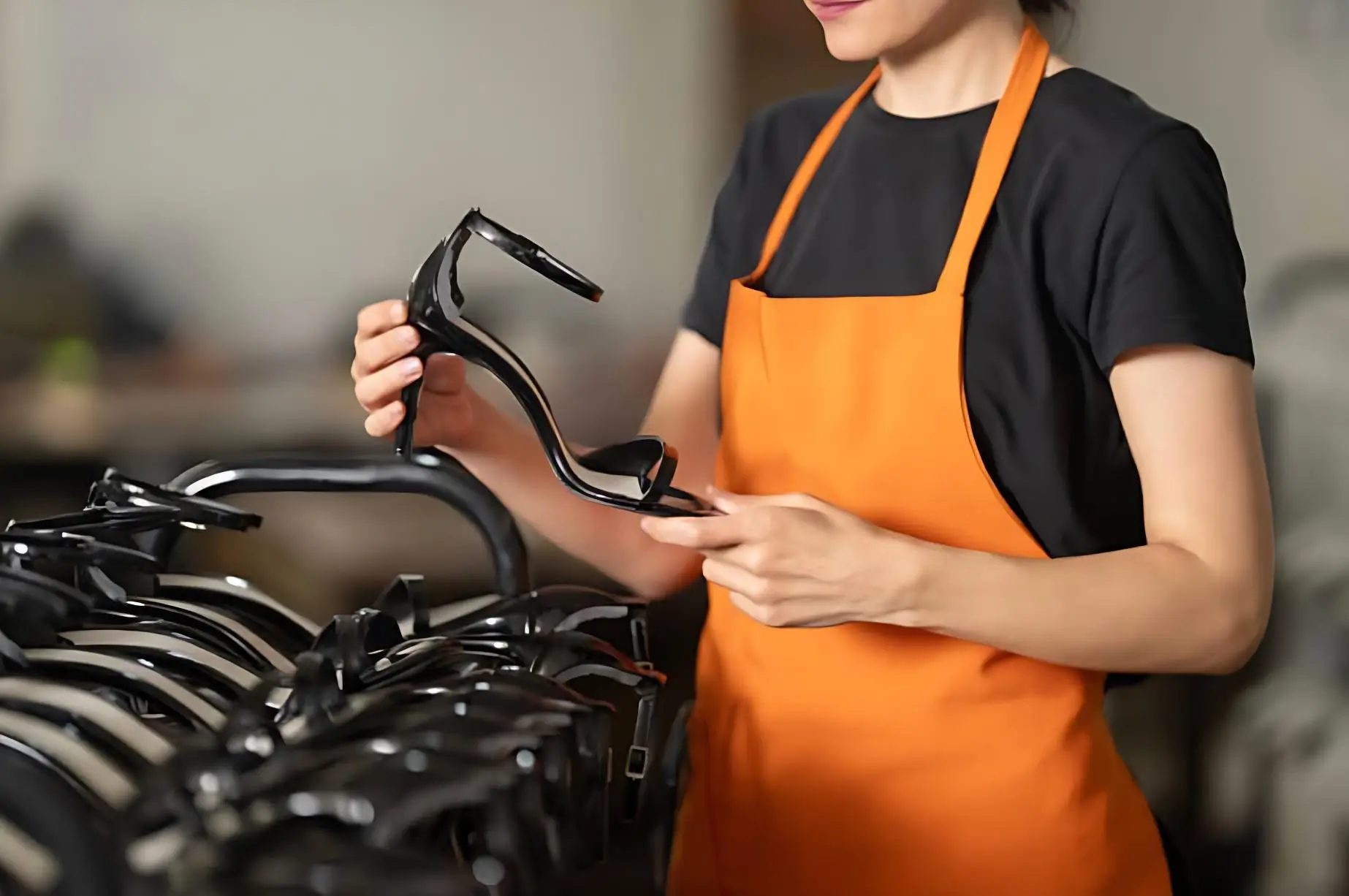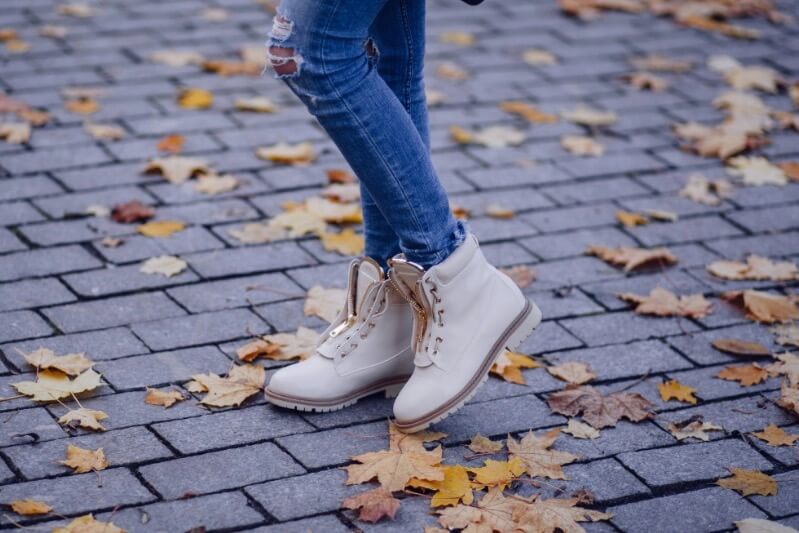As a brand owner or a buyer in the footwear game, the question ‘China or Vietnam?’ is probably the biggest strategic decision you’ll make this year. I’ve spent over a decade navigating the supply chains in both countries, working with everyone from startups to major retail brands. And I can tell you, the answer isn’t simple. It’s not about which country is “better.” It’s about which country is the right fit for your specific product, your volume, and your long-term business goals.
Get this decision wrong, and you could be stuck with supply chain headaches, unexpected costs, and quality issues. But get it right, and you can build a powerful, resilient, and profitable manufacturing base for your brand.
This guide is my honest, no-fluff breakdown. I’m going to pull back the curtain and give you the real story, based on my firsthand experience. We’ll compare everything from cost and quality to supply chain maturity and IP protection, all to help you make the right choice for your business.
The Quick Answer: A Head-to-Head Comparison
I know you’re busy, so let’s start with a quick overview. Here’s a high-level comparison of China and Vietnam as footwear manufacturing hubs.
| Factor | China | Vietnam | The Verdict for Buyers |
|---|---|---|---|
| Labor Cost | Higher, but more productive. | Significantly lower (roughly 1/3 of China’s). | Vietnam wins on pure labor cost, but total cost is more complex. |
| Supply Chain | Extremely mature and integrated. | Developing, but still heavily reliant on imported materials (often from China). | China wins by a huge margin. You can source almost everything locally, which means speed and flexibility. |
| Production Scale | Massive. Can handle any volume, from small batches to millions of pairs. | Strong for high-volume production of standard styles. | China offers a wider dynamic range, excelling at both massive scale and complex, smaller runs. |
| Customization | Excellent, especially for complex designs and innovative materials. | Growing capability, but traditionally stronger in standardized production. | China is generally better for highly custom or technical footwear. |
| Lead Time | Faster due to the complete local supply chain. | Can be slower due to reliance on imported raw materials. | China typically offers faster speed-to-market. |
| IP Protection | Has a strong legal framework (if you use it correctly). | Improving, but can be less predictable. | China offers better legal protection, but you must be proactive (NNN agreements are key). |
| Geopolitical Risk | Subject to US tariffs and trade tensions. | Seen as a key “China Plus One” alternative, but also faces potential new tariffs. | Both have risks. Diversification is the smartest long-term strategy. |
A Deep Dive: Comparing China and Vietnam for Your Shoe Brand
Now, let’s go deeper into the factors that really matter to a brand owner or a buyer.
Round 1: Cost – Is Vietnam Really Cheaper?
On the surface, yes. The data is clear: the hourly manufacturing labor cost in Vietnam is roughly one-third of that in China. For brands producing high volumes of relatively simple shoes (like basic canvas sneakers or vulcanized shoes), this labor cost advantage can be significant. This is a big reason why major brands like Nike and Adidas have moved a large portion of their mass-market production to Vietnam.
However, from my experience, the final landed cost of a shoe is a much more complicated story. A lower labor cost doesn’t always mean a lower final price. In China, the incredible efficiency of the supply chain often offsets the higher labor costs. Because all the material suppliers are located in the same region, you save a lot on domestic logistics and transportation. For more complex shoes that require a lot of different components, I’ve often seen the final FOB price from a Chinese factory be very competitive with, and sometimes even better than, a Vietnamese factory.
The Bottom Line: If your product is simple and your volume is high, Vietnam’s labor cost advantage is very attractive. For more complex, custom footwear, the total cost picture is often much more favorable in China.
Round 2: Supply Chain & Materials – China’s Unbeatable Advantage
This, in my opinion, is the single biggest factor that sets China apart. China doesn’t just have shoe factories; it has a fully integrated footwear ecosystem.
In a place like Dongguan or Jinjiang, you can find everything you need within a one-hour drive. The factory making your leather uppers is down the road from the factory molding your custom rubber outsoles. The supplier for your specialized laces is in the next town over. This creates what I call the “one-hour ecosystem,” and it gives you incredible speed and flexibility.
Vietnam’s supply chain is growing, but it is not nearly as mature. For many components, especially technical fabrics, specialized foams, and high-quality leather, Vietnamese factories still have to import them. And where do they import them from? Often, from China. This adds time, cost, and complexity to the process.
The Bottom Line: For brands that need to innovate quickly, test new materials, or create highly customized products, China’s mature and complete supply chain is an almost unbeatable advantage.
Round 3: Production Scale vs. Flexibility – What Do You Really Need?
Both countries can handle massive production volumes. Vietnam has become a powerhouse for producing millions of pairs of shoes for global giants.
The key difference I see is in the dynamic range of the factories. Vietnam is excellent for high-volume production of more standardized styles. But what if you’re a new brand and you only want to order 500 pairs of a new custom sneaker?
This is where many Chinese factories have a unique edge. Because the ecosystem is so competitive and diverse, you can find a wide range of factories, from giants that can produce millions of pairs a year to smaller, highly skilled workshops that are willing to work with lower MOQs. A flexible and experienced partner like JINHUA Shoes, for example, is built to support growing brands. We understand that it’s smarter to start with a smaller, limited-edition run to test the market, and we have the production lines to support that.
The Bottom Line: If you’re a huge brand ordering hundreds of thousands of a single style, both countries can meet your needs. If you’re a growing brand that needs a partner who can handle both a 500-pair test order and a 50,000-pair reorder, China often offers more flexibility.
Round 4: Quality – Debunking the “Made in…” Myth
I see this question all the time on forums like Reddit and Quora: “Is ‘Made in Vietnam’ better quality than ‘Made in China’?”
The honest answer is: the country doesn’t determine the quality; the factory does.
I have seen world-class, flawless shoes come out of China, and I have seen fantastic quality from Vietnam. I have also seen terrible quality from both. The “Made in…” tag on the tongue is less important than the quality control systems inside the factory. A great factory in either country will have rigorous, multi-stage QC checks, from raw material inspection to final product testing.
The Bottom Line: Don’t get caught up in the myth of one country being “better” than the other. Instead, focus your energy on vetting the specific factory’s quality control processes.
Round 5: IP Protection & Business Environment – A Reality Check for Brands
Protecting your designs is critical. Both countries have made progress in this area, but their legal systems are different.
China has a strong, established legal framework for intellectual property, but you have to use it correctly. This means you can’t just use a standard Western NDA. You need a China-specific NNN (Non-Use, Non-Disclosure, Non-Circumvention) agreement, drafted in Chinese and enforceable under Chinese law. You also need to register your trademarks in China as early as possible. If you take these steps, you can have very strong legal protection.
The business environment in Vietnam is seen by some as more open, but the legal framework for IP can be less predictable.
The Bottom Line: China’s legal system offers a clearer, more established path for protecting your IP, but it requires you to be proactive and use the right legal tools.
So, Who Should Manufacture in China? And Who Should Choose Vietnam?
Based on all of this, here is my direct advice.
Choose China If…
You are creating a complex, highly customized, or technically innovative shoe.
You need access to a deep and diverse supply chain for materials and components.
Speed-to-market is a top priority for your brand.
You are a growing brand and need a partner like JINHUA that can offer flexible MOQs and end-to-end project management.
Choose Vietnam If…
You are producing very high volumes of a simpler, more standardized style (like a basic canvas slip-on).
Your number one priority is achieving the absolute lowest possible labor cost.
You are a large corporation implementing a “China Plus One” sourcing strategy to diversify your geopolitical risk.
Frequently Asked Questions
1. Is “Made in Vietnam” better quality than “Made in China”?
No. The quality depends entirely on the specific factory, its equipment, its workers’ skill, and its quality control systems. A top-tier factory in China will produce better quality than a low-tier factory in Vietnam, and vice-versa.
2. How do tariffs affect the cost of importing from China and Vietnam?
Currently, there are significant US tariffs on many goods imported from China. This has been a major reason for the shift to Vietnam. However, there is always a risk that new tariffs could be applied to Vietnam in the future. You must stay up-to-date on the latest trade policies.
3. What are the typical MOQs for custom shoes in each country?
In China, you can find a wide range, from as low as 300-500 pairs for a leather boot to 500-1,200 pairs for a new sneaker. In Vietnam, because many factories are set up for massive orders from giants like Nike, the MOQs can often be higher, sometimes starting at several thousand pairs per style.
4. How do I find a reliable factory in either country?
The best methods are attending major industry trade shows, getting trusted referrals from your network, and doing deep, independent vetting (including ordering samples and getting a third-party audit) on any factory you find online.
5. Why did major brands like Nike move so much production to Vietnam?
The primary drivers were lower labor costs for their high-volume, mass-market styles and a strategic decision to diversify their supply chain away from a heavy reliance on a single country (the “China Plus One” strategy).
The Final Verdict: Making the Right Choice for Your Brand’s Future
The ‘China vs. Vietnam’ debate isn’t about which country is ‘better,’ but which country is the right strategic fit for your brand, right now. While Vietnam is an excellent option for high-volume, standardized production, our analysis shows that China offers unparalleled speed, innovation, and supply chain depth—especially for custom footwear.
If you’ve decided that China’s advantages align with your goals, the next critical step is to find a partner who doesn’t just take your order, but is as passionate about the process as you are about your brand.
At Jinhua Shoes, we specialize in helping international brands leverage China’s incredible manufacturing power. We don’t just make shoes; we build partnerships.
Got a project in mind? Let’s turn it into reality. Send your project details to our expert team by email to start the conversation.
📧 Email: sales@jinhuashoes.com
(You’ll get personalized expert feedback within 12 hours.)



